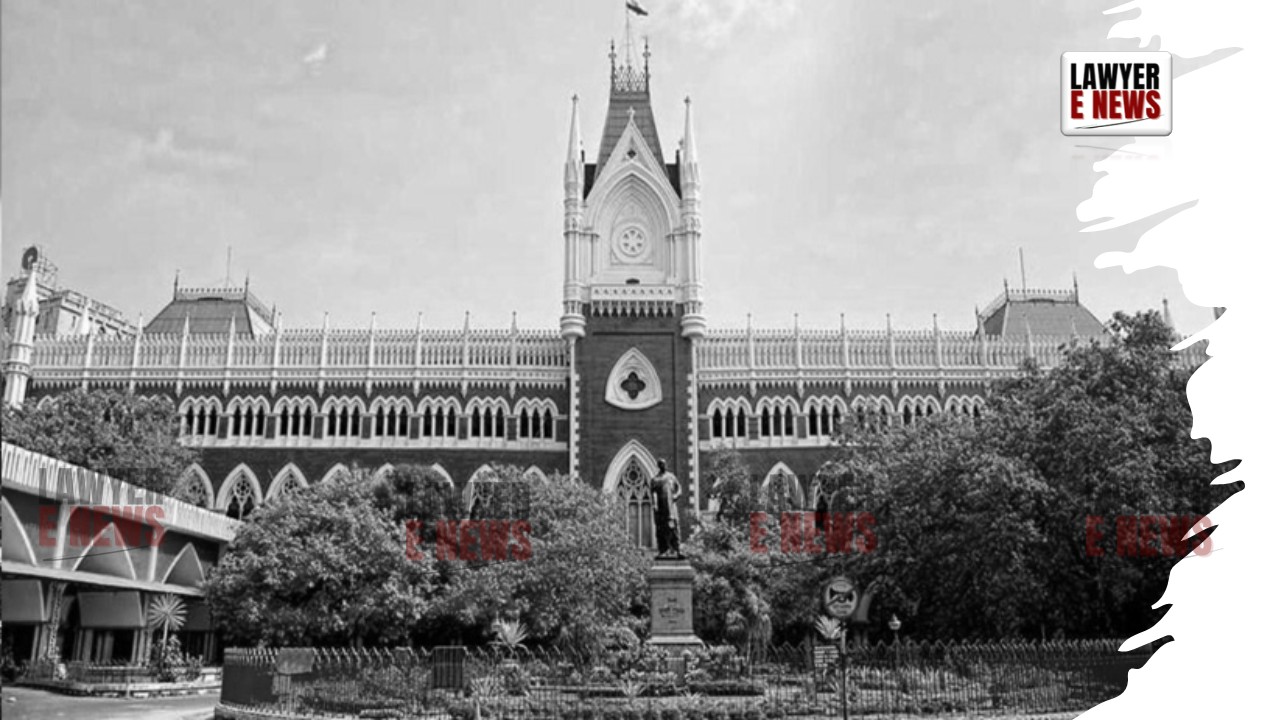-
by Admin
14 December 2025 5:24 PM



The Calcutta High Court has overturned a previous appellate decision regarding a land possession dispute, restoring the trial court’s judgment in favor of the plaintiff. Justice Supratim Bhattacharya emphasized the importance of clear property demarcation and addressed issues related to non-joinder of co-sharers in the case between Krishna Kamal Goswami and Deb Ratan Mallick.
The plaintiff, Krishna Kamal Goswami, purchased 61.80 decimals of land via a deed on March 30, 2006. He alleged that on March 3 and June 4, 2011, Deb Ratan Mallick forcibly dispossessed him from 2 cottahs of the land. Goswami filed Title Suit 94 of 2011 for eviction of Mallick, which the trial court decreed in his favor. Mallick’s appeal led to the appellate court setting aside this decision due to alleged misdescription of the property and non-joinder of co-sharers, prompting Goswami to file the second appeal.
Property Demarcation and Misdescription
The High Court examined whether the trial court’s judgment could be dismissed solely based on property misdescription. The appellate court had previously deemed the property’s description as ambiguous. However, Justice Bhattacharya clarified that the property, as delineated in the plaintiff’s sketch map (schedule ‘C’), was sufficiently identifiable and thus executable.
“The suit property as depicted in schedule ‘C’ gives a clear picture as regards to its position and the plot number/numbers. The boundaries have also been mentioned so it cannot be said that the description of the schedule property is ambiguous,” Justice Bhattacharya noted.
The High Court addressed the issue of non-joinder of necessary parties, which the appellate court had identified as a flaw in the trial court’s decision. Justice Bhattacharya found that Goswami’s purchased land was demarcated with specific boundaries, negating the need to include other co-sharers in the suit.
“The appellant/plaintiff has purchased demarcated portion having mention of the boundaries and in addition, the sketch map clearly depicts the suit property which is mentioned in schedule ‘B’ and depicted by a sketch map mentioned in schedule ‘C’,” the judgment read.
Justice Bhattacharya’s judgment emphasized the sufficiency of clear property demarcation for the executability of a decree. The court also addressed the plaintiff’s right, title, and interest in the suit property, which had been validated by the trial court and contested unsuccessfully by the defendant.
“The appellant/plaintiff has proved his right, title and interest in respect of the suit property while the respondent/defendant has taken several pleas and grounds to defend himself without producing any document and only on the basis of verbal submission.”
Justice Bhattacharya highlighted the importance of property demarcation and the identification of co-sharers:
“Justice cannot be provided if the relief sought for by the appellant/plaintiff in the instant lis is not granted when the appellant/plaintiff has proved his right, title, and interest in respect of the suit property.”
The High Court’s decision reinstates the trial court’s judgment and grants Goswami time until October 31, 2024, to regain possession of the property. This ruling underscores the judiciary’s approach to property disputes, particularly in terms of property identification and the inclusion of necessary parties.
Date of Decision: July 23, 2024
